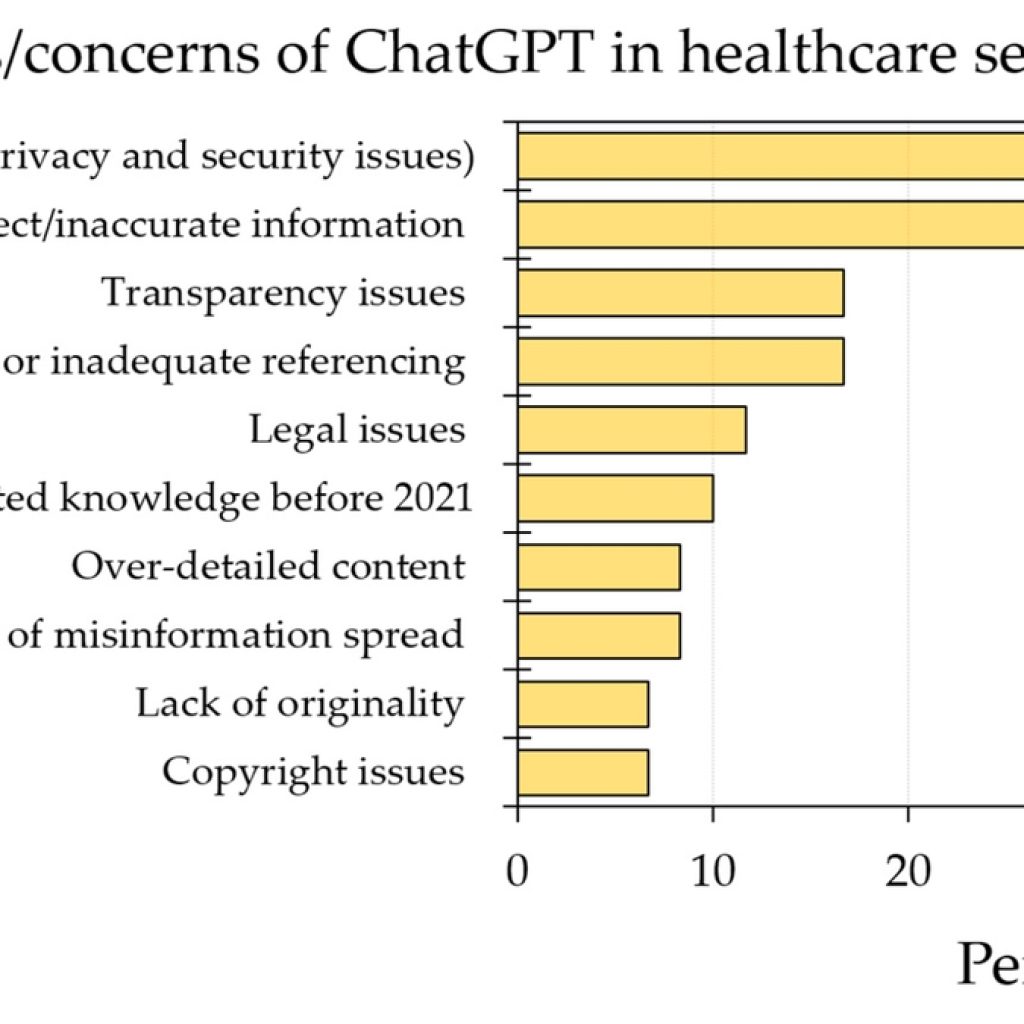As the cybersecurity landscape evolves, a PwC report reveals that 70% of tech and business leaders plan to adopt Generative AI for cyber defense in the next 12 months. This shift comes in response to the increasing sophistication of cyber threats, driven by Generative AI’s capacity to craft convincing business emails on a large scale.
Raising the alarm on cybersecurity
The digital realm is constantly evolving, and so are the tactics of cyber attackers. Traditional cybersecurity systems are facing growing challenges, primarily due to the rising capabilities of Generative AI. According to PwC’s 2024 Digital Trust Insights report, 70% of tech and business leaders anticipate using Generative AI as a key component of their cyber defense strategy.
This development aims to mitigate the growing unease surrounding traditional cybersecurity methods, as Generative AI’s ability to generate sophisticated business emails at scale has fueled the danger of cyber threats. A prevailing sentiment among industry experts indicates that 52% anticipate Generative AI spearheading catastrophic cyber-attacks within the next year.
The dual nature of generative AI
While Generative AI promises to bolster cyber defense, it also presents a formidable tool in the arsenal of cyber attackers. Attackers can harness the technology’s capabilities to create enticing emails and realistic deepfake content, including videos, recordings, and images, to target unsuspecting individuals through phishing schemes.
A real-time threat intelligence report from SlashNext highlights that cybercriminals are among the most frequent users of large language model (LLM) chatbots. These malicious actors employ LLM chatbots to craft business email compromise (BEC) attacks and execute meticulously targeted phishing campaigns. Since the launch of OpenAI’s ChatGPT in late 2022, malicious phishing emails have seen a remarkable 1,265% increase.
Furthermore, the adaptability of Generative AI enables malicious actors to easily modify established attack codes, making them just different enough to evade detection. The prevalence of Generative AI has become a focal point on the dark web, with mentions proliferating throughout the ongoing year.
Evolving threats and self-evolving malware
One of the most concerning aspects of Generative AI in cyberattacks is the creation of malware strains that self-evolve. These strains generate variations tailored to attack specific targets, employing unique techniques, payloads, and polymorphic code. This adaptability effectively evades detection by existing security measures. In this high-stakes cybersecurity arena, only the most agile and adaptive operations will maintain an edge against these evolving threats.
Strengthening Cyber Defenses
To fortify defenses against the growing threats posed by Generative AI-driven cyberattacks, industry experts emphasize the following strategies:
1. Secure the entire AI pipeline
Securing and encrypting the data used in training and fine-tuning AI models is crucial. Continuous scanning for vulnerabilities, malware, and corruption during model development is identified as a critical step in fortifying defenses against potential breaches.
2. Collaborative board-level discussions
Leaders from cybersecurity, technology, data, and operations should come together for board-level discussions. These discussions should focus on evolving risks, specifically how Generative AI can be exploited to expose sensitive data and allow unauthorized access to systems.
3. Innovative detection and defense
While existing security controls can be extended to protect infrastructure and data supporting AI systems, it is vital to understand the necessity of innovative methods specifically designed to detect and stop adversarial AI attacks. Proactive measures are essential in countering the rising tide of cyber threats originating from Generative AI.
As Generative AI becomes both a defender’s asset and a potent weapon in the hands of cyber attackers, organizations must strike a delicate balance. Embracing this technology for ethical and responsible use while strengthening cybersecurity measures is imperative. Awareness, securing the AI pipeline, and investing in cutting-edge defenses are the keys to navigating the evolving cybersecurity landscape successfully. In a digital world marked by constant change, these strategies will be essential to protect sensitive data and maintain trust in the digital realm.





